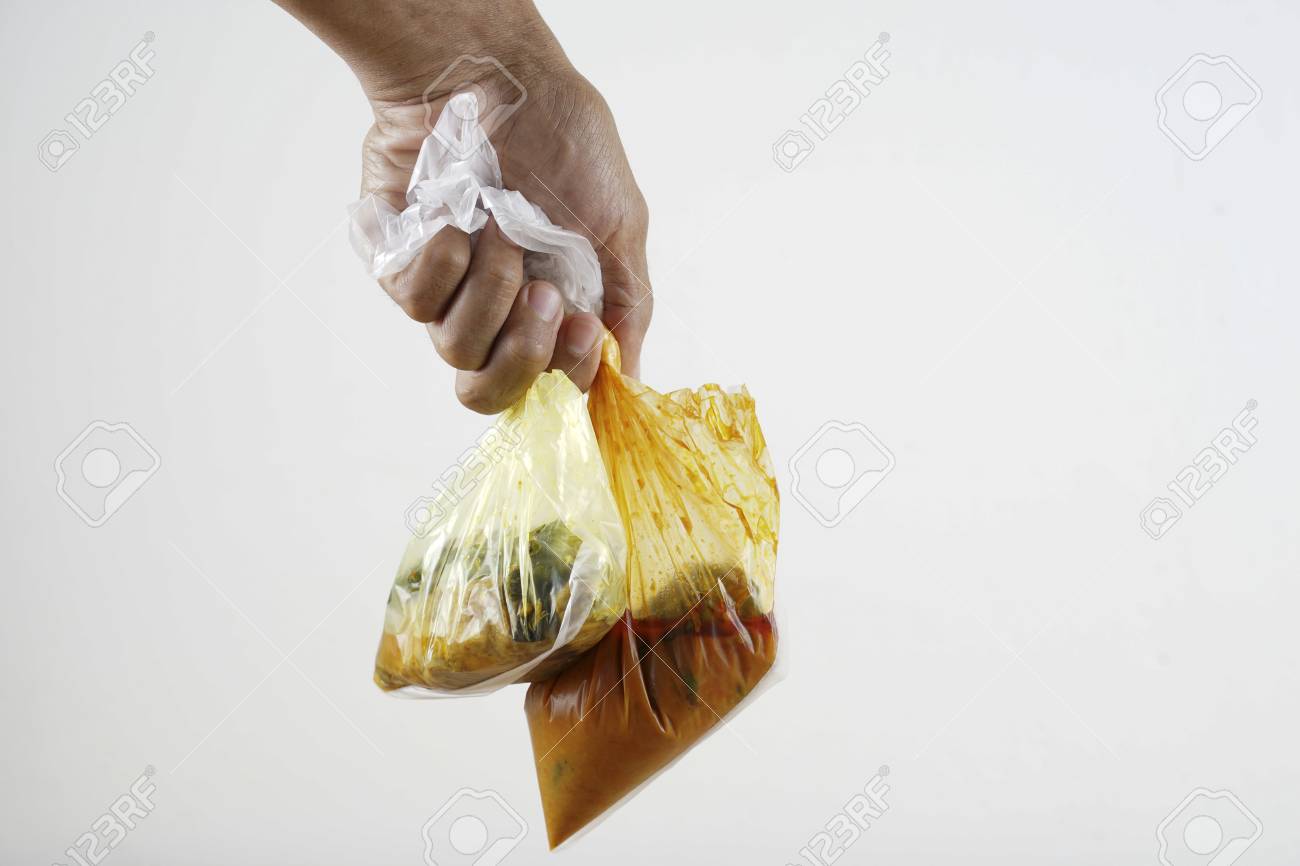Did Bukit Canberra Hawker Centre get it wrong?
Jan 2, 2023
Last Updated: Jan 3, 2023

The new hawker center at Bukit Canberra is gorgeous: it is lush green with a layout that is bright and airy.Putting aside the ethics of forcing hawkers to subsidise the cost of containers, there is a bigger question overlooked: are these containers ACTUALLY eco-friendly?
Looking around at dine-in customers, there is not a single-use item to be seen: no single-use plastic cups, no single-use plastic cutlery or bowls or other tableware. Everyone is dining with reusables. It's impressive.
It's a zero-waster's dream hawker centre.
But recently, the management company of the shopping center, Canopy Hawkers Group, made headlines when it was reported that hawkers at the center were required to use eco-friendly biodegradable takeaway containers but unable to fully pass on the cost to customers. The price to customers was capped at $0.30 even though the cost to hawkers was as much as $0.80 per container.
Effectively, hawkers had to subsidise somebody else's idea of being eco-friendly. By some accounts, hawkers could be losing up to $0.50 per container adding up to $100+/day in costs.
Putting aside the ethics of forcing hawkers to subsidise the cost of containers this way, there is a bigger question overlooked: are these containers ACTUALLY eco-friendly?
Where got biodegrade?
In Singapore, there are no municipal composting facilities. So when you buy a biodegradable container, it's going to end up in an incinerator.Nothing sits around in a landfill for decades waiting to biodegrade. Singapore incinerates virtually all post-consumer waste (the stuff that we as individuals generate).
And for those who say you can compost it yourself: try it. You can't.
Most biodegradable materials require industrial composting facilities to break down. Singapore does not have such facilities.
And EVEN IF you managed to find a material you could compost at home (aka “home compostable”), composting takes time. A lot of time. It's just not feasible for a household to compost more than one or two containers every few months.
But isn't it recyclable?
The plastic used in most takeaway food containers is polypropylene aka #5 plastic. It is recyclable.Biodegradable plastics are not recyclable.
Yes you read that right. Once more with feeling:

Biodegradable plastics are not recyclable
So if you wash out your plastic takeaway container you can put it in the blue bin. You can never put bioplastics in the blue bin.
Paper How?
A lot of the “eco-friendly” takeaway containers found at Bukit Canberra were actually paper. So that's got to be better than plastic, right?
Those paper containers are almost all lined with plastic (so that they can be used with hot liquids) which means the paper cannot be recycled (any kind of plastic bonding to paper makes it unrecyclable). And even without such a lining, as soon as paper gets food waste on it, again, it cannot be recycled.
But isn't it renewable?
The final argument in favor of “eco-friendly” containers is that the material is renewable because it is made from plants which can be grown over and over again.There are a couple of problems with this assumption:
- Many biodegradable plastics are made from the same fossil fuels that regular plastics are made of.
- Bio-based materials (like paper or, say, starch based plastics) have an environmental footprint - meaning they take up land and space, typically with mono-cultures that can have a devastating impact on ecosystems. Imagine replacing all the world's plastics with plant-based alternatives: the amount of additional land required for this agriculture would be catastrophic.
- In a life cycle analysis of the various substitutes, containers made of bio-plastics or paper tend to have a much higher carbon footprint: they are heavier to transport, require more energy to produce (including agriculture, harvesting, processing, etc) and then may have no recyclable recovery value.
But aren't plastics always bad?
Plastics are bad when they end up in the food chain, in the nose of a turtle, killing bird and marine life, clogging up drains and destroying beaches. These are all END OF LIFE issues. And these are terrible problems nobody should underestimate.
But they are also problems which are virtually eliminated with a good waste management system like what Singapore has.
The vast majority of ocean plastic is coming from countries that have major infrastructure challenges when it comes to waste. Even the stuff on our own beaches. Most is not domestic in origin.
Carbon, carbon, carbon, carbon, carbon chameleon
In Singapore, focusing on the climate impact of our consumption is WAY MORE IMPORTANT than focusing on the marine pollution impact of our consumption. That does not mean that marine littler is not an issue, but that in Singapore, marine pollution has mostly been solved: our waste is not a major contributor to marine plastic.But when it comes to climate change, like other rich countries, we have a lot of work to do.
On a per capita basis, we are contributing far more to climate change than the average human living on planet earth.
So if the substitute for a plastic product uses way more carbon than sticking to plastic, we have not made things better.
Perhaps they got it wrong but …
When businesses feel financial pain for contributing to waste, they will actively work to avoid it.Looking around the beautiful Bukit Canberra hawker center, everyone was using reusables. Was this due, in part, to the fact that hawkers had a big incentive to get their customers to avoid the single use containers unless they were absolutely necessary?
The people who eat at Bukit Canberra are not more environmentally conscious than any other hawker customer and yet they were all using reusables. Why? Because they had no other choice.
We frame so much of “being green” on consumer choice but usually consumers' have pretty lousy choices.
At Bukit Canberra, they don't have to choose: every stall used reusables for dine in. It's easy.
Changing systems, instead of people, will always have the bigger impact.
https://recyclopedia.sg/articles/did-bukit-canberra-get-it-wrong
https://forums.fuckwarezone.com.sg/threads/banning-plastic-bags-is-a-really-stupid-idea.6870443/





